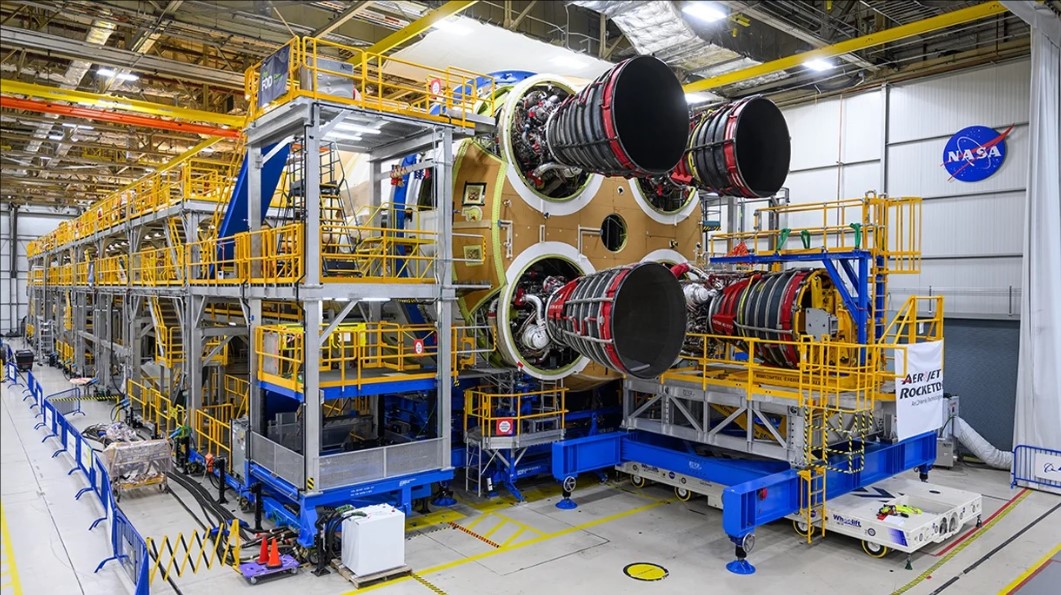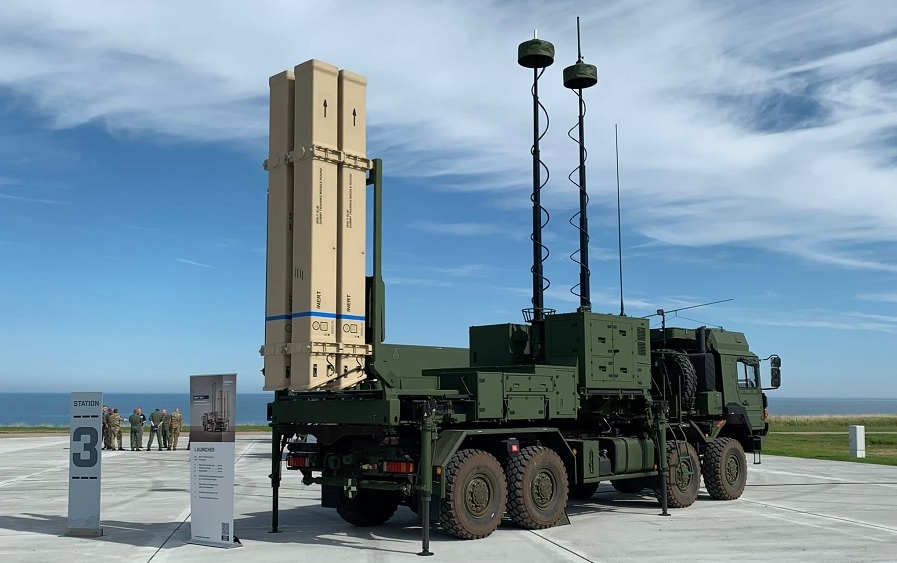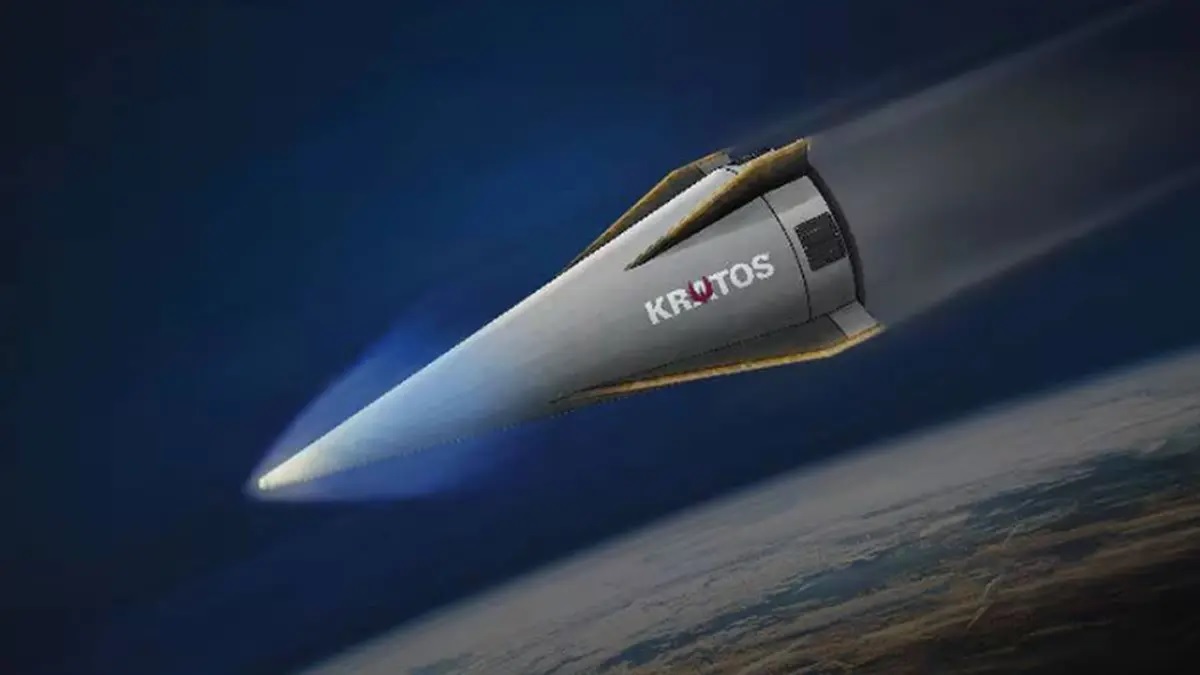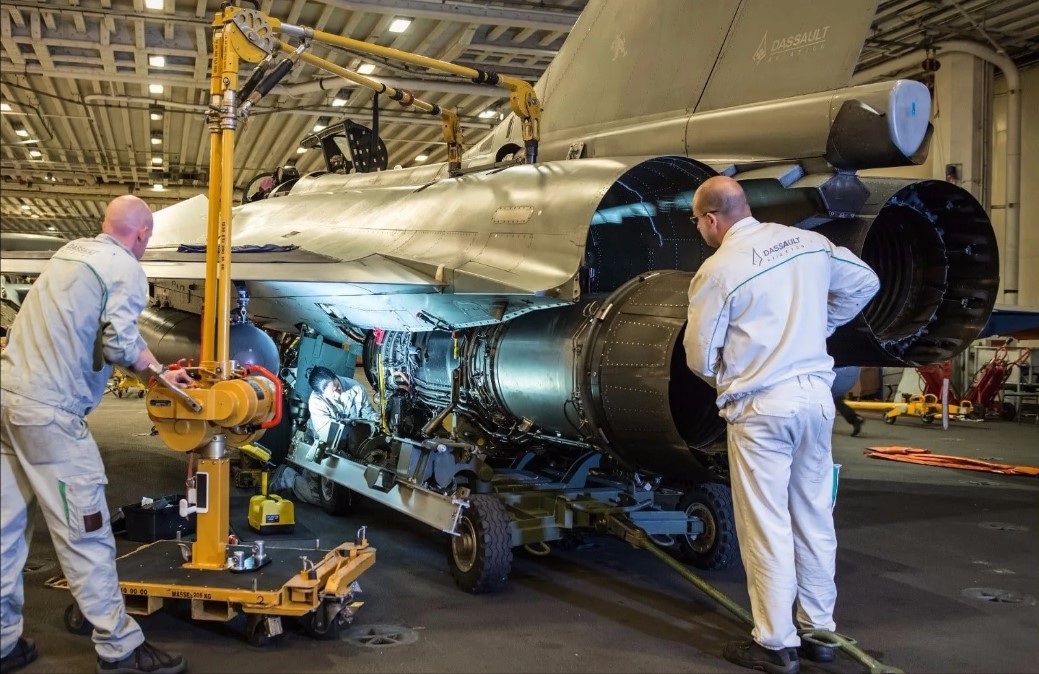L3Harris Completes First Next-Gen RS-25 Engine for NASA’s Artemis V Mission

L3Harris has successfully assembled the first newly built RS-25 engine for NASA’s Artemis V mission, marking a major milestone in the Space Launch System (SLS) program. Designated E20001, this engine is the first of four newly manufactured RS-25 engines that will power the core stage of the Artemis V rocket as NASA pushes forward with its deep-space exploration goals.
A Shift from Shuttle-Era Engines
Earlier Artemis missions relied on repurposed RS-25 engines from the retired Space Shuttle Program. However, starting with Artemis V, NASA will use newly built RS-25 engines, designed with modern manufacturing techniques to enhance efficiency while maintaining the high reliability of their predecessors.
The next step for E20001 is acceptance testing, which includes a 500-second static hot-fire test at the Fred Haise Test Stand at NASA’s Stennis Space Center in Mississippi. During this test, the engine will be:
- Pushed to full thrust
- Temporarily reduced to 80% thrust
- Throttled back up to simulate in-flight performance
This “test like you fly” approach ensures the engine’s performance is validated under realistic mission conditions, particularly during critical phases like booster separation.
Advancing Engine Technology for Deep Space Exploration
The next-generation RS-25 engines include 3D-printed components and redesigned structural parts that help streamline manufacturing. By reducing the number of parts and welds, L3Harris has successfully lowered production costs while improving efficiency and reliability.
The company is currently assembling the remaining three engines for Artemis V while refining its production processes to further enhance performance and cost-effectiveness.
The Future of Artemis Missions
As NASA’s Artemis program continues to evolve, these new RS-25 engines will be a critical part of missions that aim to return humans to the Moon and eventually venture to Mars. The advancements made in engine design and manufacturing will not only support deep-space exploration but also pave the way for more sustainable and efficient space travel in the future.



